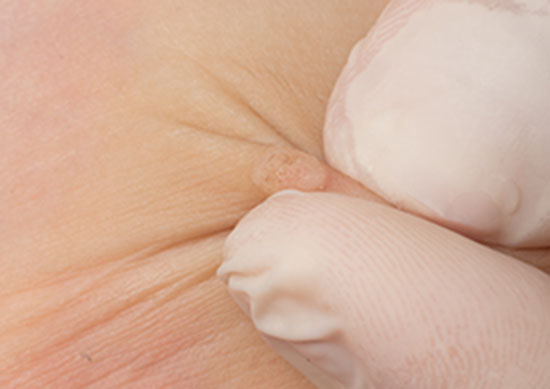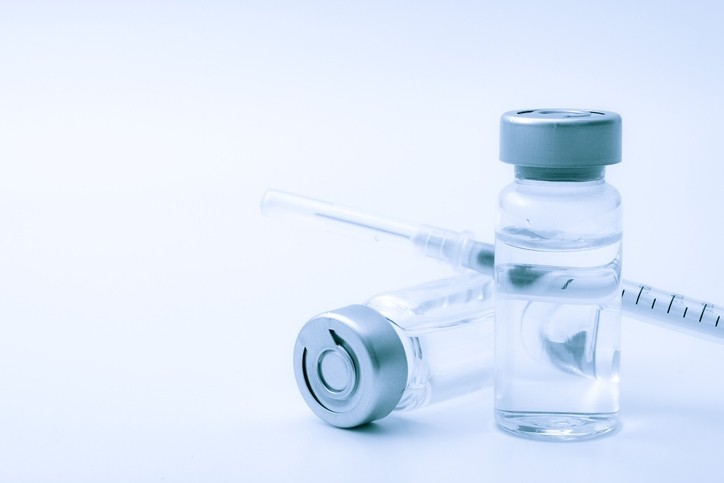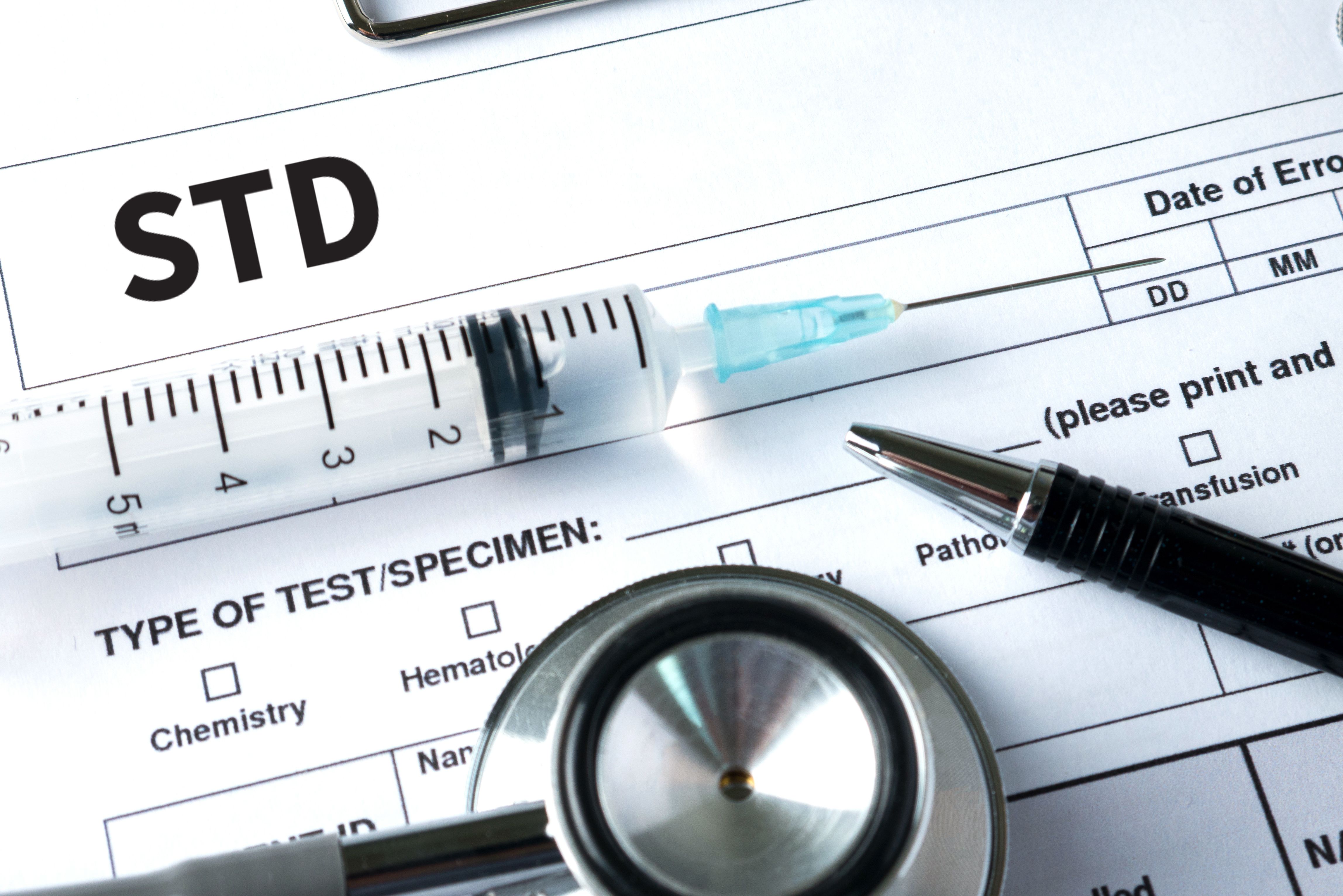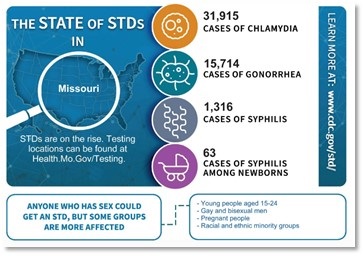If you or your child develops a firm bump on the skin, it could be a wart. You may find it unsightly and hard to get rid of, but warts usually aren’t anything to worry about. Below, Sarah Lonowski, MD, Nebraska Medicine dermatologist, explains what causes warts and how to treat them.
What causes warts?
Warts are small, skin-colored bumps. They can be scaly and contain little black dots, which are broken blood vessels. All warts are caused by the human papillomavirus, also known as HPV, but different strains of HPV can cause different types of warts. Interestingly, not everyone who encounters HPV will get a wart since each person’s immune system responds differently to the virus.
The most common locations for warts are the fingers, hands and feet, but they can also occur on other parts of the body. Cells infected by the virus grow and multiply, making the outer layer of skin thick and hard.
Types of warts:
• Common warts – Usually have the classic appearance mentioned above and are located on the fingers or hands
• Plantar warts – Located on the bottom of the feet and can sometimes grow more inward, causing pain while walking
• Flat warts – Typically present as multiple small, minimally raised bumps and are more common in children than adults
• Genital warts – A type of sexually transmitted disease that may be associated with cervical cancer or other types of cancer
How do warts spread?
HPV can be spread by person-to-person contact or through direct contact with an object used by a person with HPV. It can also spread to other places on the body of the person with warts by direct contact. If the skin is cut or broken down, it is easier for the virus to take hold. That is why people with chronic skin conditions, such as eczema, or who bite or pick at their hangnails may be more prone to getting warts.
If you have a wart, you can prevent it from spreading by:
• Not picking at it
• Covering it with a bandage
• Avoiding brushing, combing or shaving around the wart
• Washing your hands thoroughly and frequently
• Keeping your hands as dry as possible – warts are harder to control in moist environments
How are warts treated?
There are a variety of wart treatment options, including:
• Over-the-counter topical treatments
• Prescription topical medications
• In-office procedures like freezing (also called cryotherapy)
• In-office injections
• Laser therapy
Most over-the-counter wart removers are safe when used correctly. The best over-the-counter wart products are those that contain 40% salicylic acid. Generally, these products require daily use for weeks or even months to see results. Unfortunately, warts can be stubborn. Over-the-counter wart removers may not always do the trick, even after prolonged use. If you have been using an over-the-counter product with 40% salicylic acid for several weeks and aren’t seeing an improvement, it might be time to see a dermatologist.
For more information or to schedule an appointment, call 800.922.0000.
Discovered on: 2023-02-16 17:54:51
Source: Is that skin bump a wart? How to identify and treat common warts



